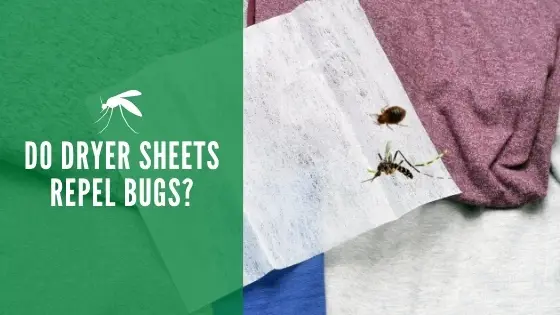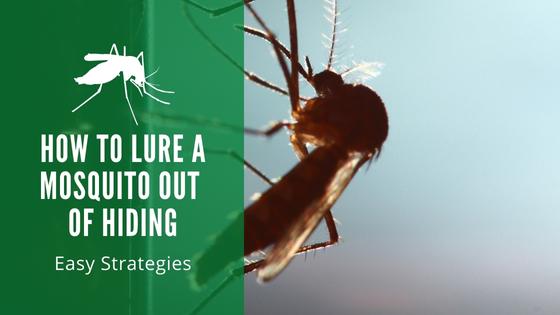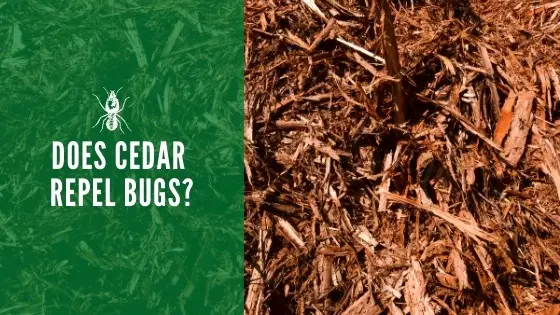Insects With 6 Legs
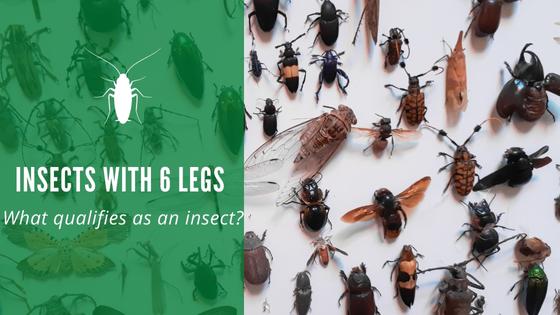
The world is diverse, and we share it with an amazing array of interesting bugs and critters. Currently, it is estimated that over 900 thousand living types of insects have been discovered, and it is possible that there are even more out there in the lesser-explored parts of the world.
While people often talk about insects as a general term for all bugs, it helps to know what differentiates a true one from other types of crawling and flying life forms.
Do All Insects Have Six Legs?
By definition, an insect has six legs that are in three pairs. However, you might find it hard to see each pair of legs on very small insects, while others will be visible. A few other parameters also distinguish an insect from other types of bugs.
What Else Defines an Insect?
Insects lack a vertebral column, like what you would find in humans. Instead, they have an exoskeleton. This hard shell helps to protect their vital organs and contains special ones that help them sense things such as light and movement.
The exoskeleton is divided into three main segments: the head, abdomen, and thorax. Those six little legs are also jointed, which helps the insect to move around.
What Are the Insect Types?
With so many insects around the world, it is easy to see why it can get complicated to classify them into types. Although scientists have defined multiple types of insect categories, it helps to break them down into the following classifications.
Non-Stinging Flying Insects
These types of insects are the kind that often gets the most respect. After all, butterflies fall into this category, and most people love seeing these colorful beauties fluttering about their garden or yard.
Dragonflies are another beautiful sight to behold. The body of a dragonfly can sometimes look intimidating since they get quite large. Fortunately, they don’t pose a risk to humans at all. Instead, they help humankind by consuming other flying bugs, most notably pesky mosquitoes.
Moths also fall within this category. While some moths can be pretty, the truth is that they often still cause harm. Moths eat human clothing and food, which makes them one of the less-favored non-stinging flyers to find around your property.
Stinging Flying Insects
Some insects with six legs have wings but also include stingers on their bodies that they can use to protect themselves from predators. Bees, wasps, and certain biting flies are insects that most people don’t want to come across outside.
Although they don’t have stingers, mosquitoes can also fall within this grouping since they can harm humans and other animals. Predatory insects that fly can create large swarms that put people’s health at risk.
Crawlers
Finally, you also have your crawling types of insects. This category also gets quite diverse. Beetles, ants, roaches, and other creepy crawlers all use their six legs to stay mostly on the ground. However, you can also find a few jumpers, such as grasshoppers, that can reach impressive heights using their jointed legs to hop.
Some crawlers also have found ways to move from a high point to the ground. For instance, certain types of cockroaches will use their wings to glide from the ceiling to the floor in your home.
What Are Common Insects With Six Legs?
With so many insects worldwide, it is safe to say that you might not encounter many of them. These are just a few of the ones you’ll find around your home or business, and each one has a unique look that makes them easy to spot.
Bees and Wasps
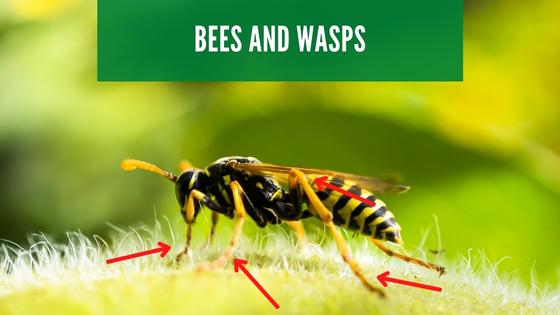
Bees are excellent pollinators and play a role in the ecosystem by helping spread pollen from one plant to another. While most bees prefer to leave humans alone, you’ll still want to steer clear of their hives and swarms.
Wasps come in several species with different levels of aggressiveness and behavior patterns. Paper wasps are fairly unaggressive unless they feel like their nest is threatened. They also help to eat caterpillars and other pests that could inhabit your outdoor space.
Yellow jackets, however, are much less friendly. They are aggressive and have been known to attack anyone or anything that comes within a few feet of their nest.
Cockroaches
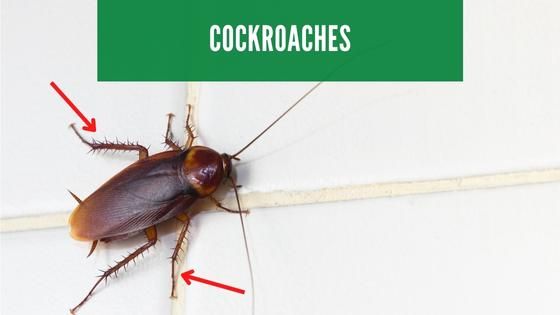
Cockroaches are also commonly found both indoors and outside. While the six-legged pests don’t tend to drum up much appreciation, they feed on decomposing materials. Other than that, you’ll still want to keep a close eye out for them. They reproduce fast, and an indoor infestation could put your health at risk.
Beetles
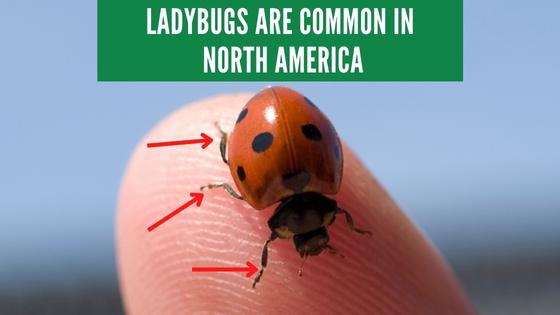
Ladybugs are the most brightly colored beetles you’ll find in North America, but there are also other types you can spot. Scarab beetles also have colored exoskeletons that can sometimes take on a metallic sheen.
Weevils are another common insect that is less exciting to discover. Usually, you’ll see weevils hiding out in dry goods in your pantry, where they require you to implement control strategies to keep your food sources safe.
Grasshoppers and Crickets
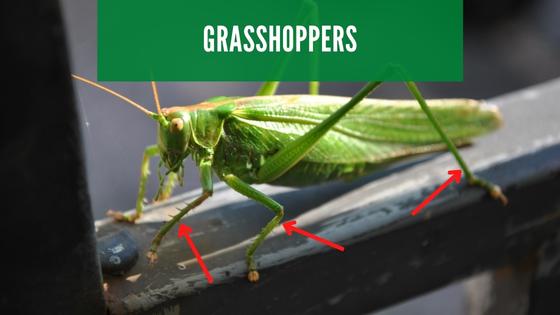
Grasshoppers and crickets are fun to watch as they jump around, but they can destroy gardens and farm crops. You’ll notice that the last pair of legs on these insects is much bigger than the other pairs, which is what helps them be able to hop.
Ants
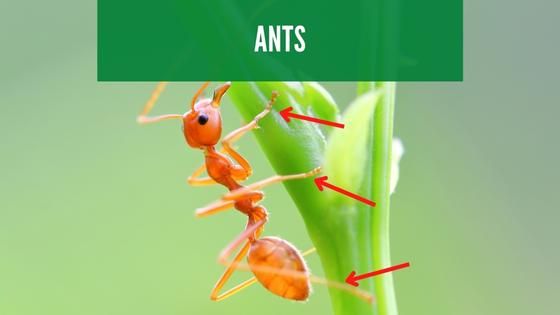
Similar to wasps, there are many types of ants. Usually, you’ll find ants indoors that prefer to feed on sweet foods such as fruit or candy.
Outdoors, you might discover pavement ants and other types that can disrupt the soil around the yard and even eat through building materials.
What Gets Confused With Insects?
Many creepy crawlers don’t have the six legs they need to be an insect. Spiders and scorpions are arachnids, along with ticks and mites. Arachnids have four pairs of legs along with two segments to their bodies.
Centipedes and millipedes are also commonly referred to as insects, even though they have more legs than the required six to be an insect.
Although these are fun facts, you’ll want to remember that most people aren’t too picky about calling all types of insects “bugs” interchangeably.
Just being able to describe what you’ve seen to a pest professional is all it takes to help them work on handling the problem.
Exploring the diverse world of insects is interesting, and you never know what new information you will discover. While observing a six-legged insect is fun in a controlled environment, you never want to make the mistake of letting bugs get out of control on your property.
Proper insect identification is important for controlling pest populations around your house or business. If you spot an insect crawling or flying around where it shouldn’t be, then follow up with an inspection to prevent an infestation.

